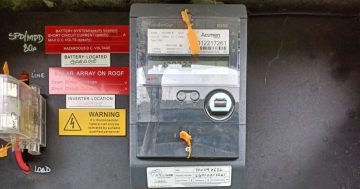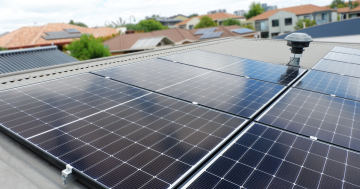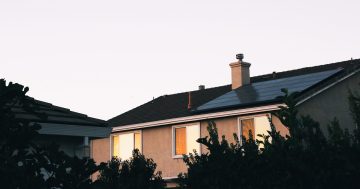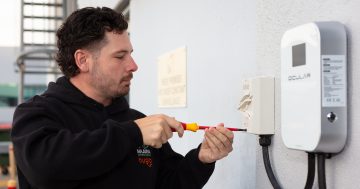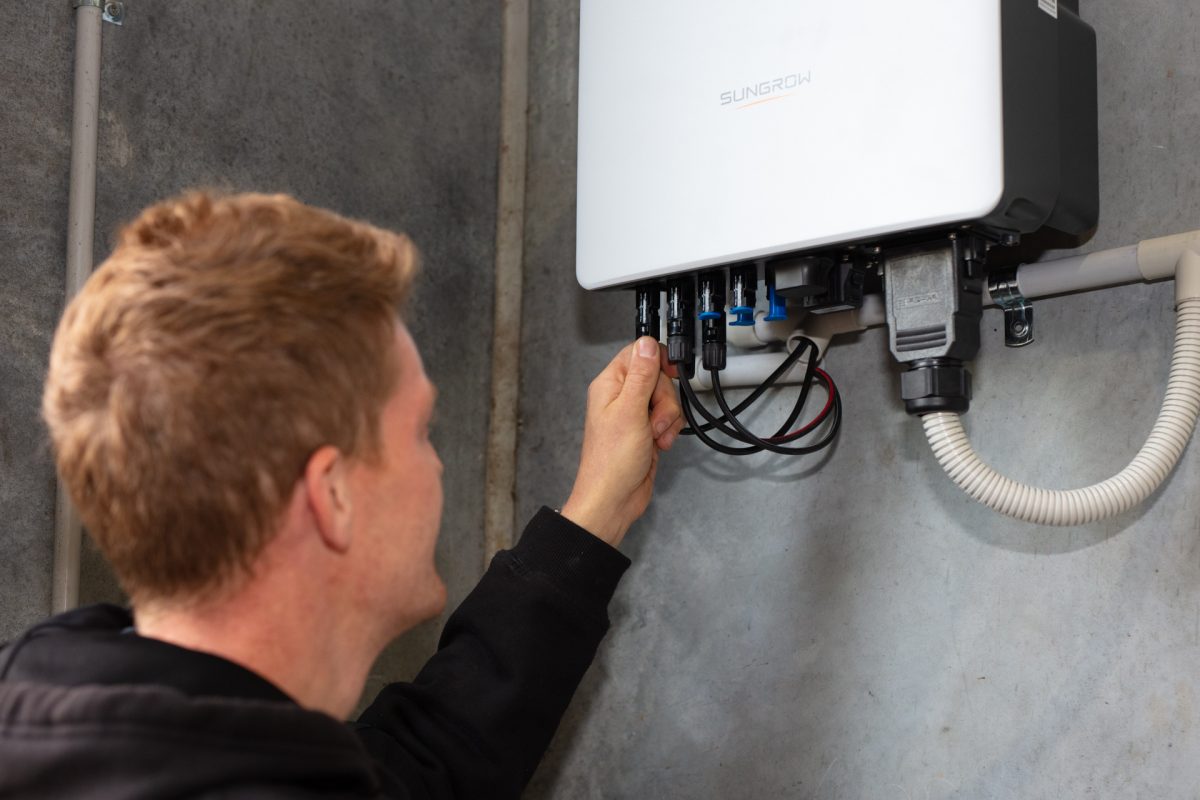
If your home has a smart meter, chances are you’re already on a time of use or peak demand billing cycle. Photo: Thomas Lucraft.
The days of meter readers trundling into Canberra backyards and manually recording energy use are rapidly coming to an end.
In 2017, the Australian Energy Market Commission ruled all newly installed meters must be ‘smart’. A smart meter not only records and reports how much electricity you use, it measures your consumption in kilowatt hours (kWh).
For homes looking to reduce their power bills, smart meters and the plans they offer are an attractive option. But beware – if ‘time of use’ or ‘peak demand’ plans don’t suit your energy consumption style, they could cost more money than they save.
For the 30 per cent of Canberran homes now equipped with a smart meter, ‘time of use’ plans are designed to save on power taken from the grid when demand is low.
Part of Luke Meddemmen’s role as a lead energy consultant for Huglo Solar is to advise locals on how to take advantage of different power systems.
“For ‘time of use’, energy retailers charge more during peak periods when most people are getting ready for work or arriving home,” he says.
“There are shoulder periods either side that cost less, but power is at its cheapest overnight and in the early hours of the morning, which are considered off-peak.”
Luke says time of use can help homeowners control how much they pay for power. But for those working “9 to 5” jobs or families with young children, scheduling electricity use outside of peak periods can be difficult.
“If you’re getting ready in the morning and arriving home at night the same time as everyone else, you’re unlikely to save without making some lifestyle changes.
“Consider scheduling your washing machine, dryer and dishwasher to run at off-peak times. If this isn’t possible, avoid running them all at once.”
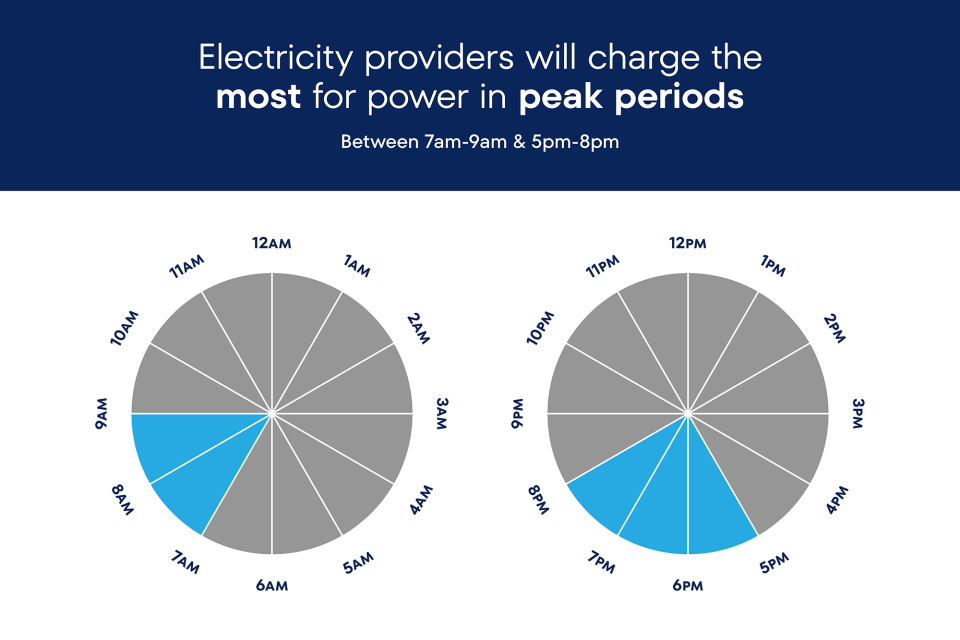
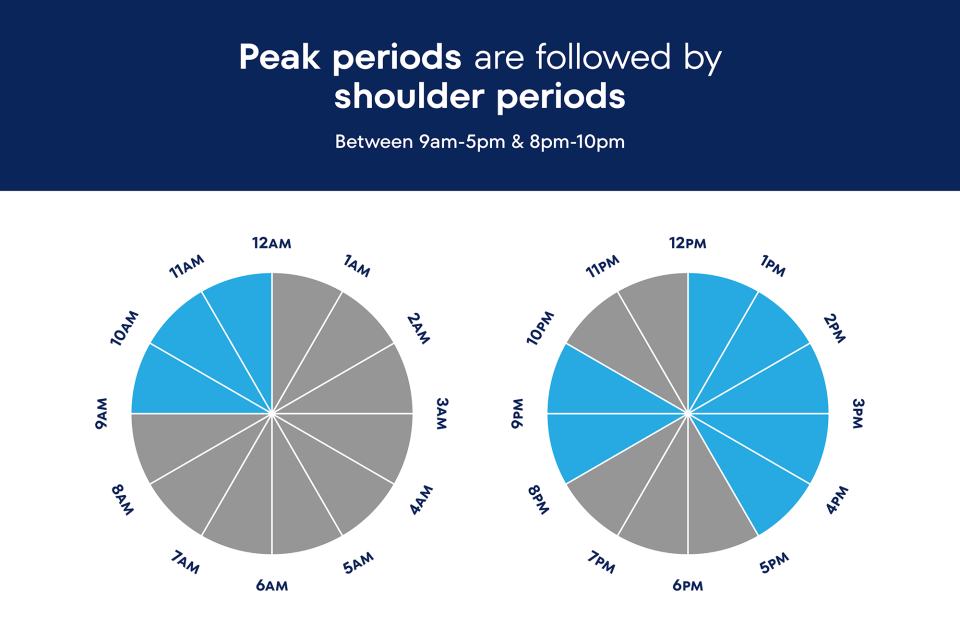
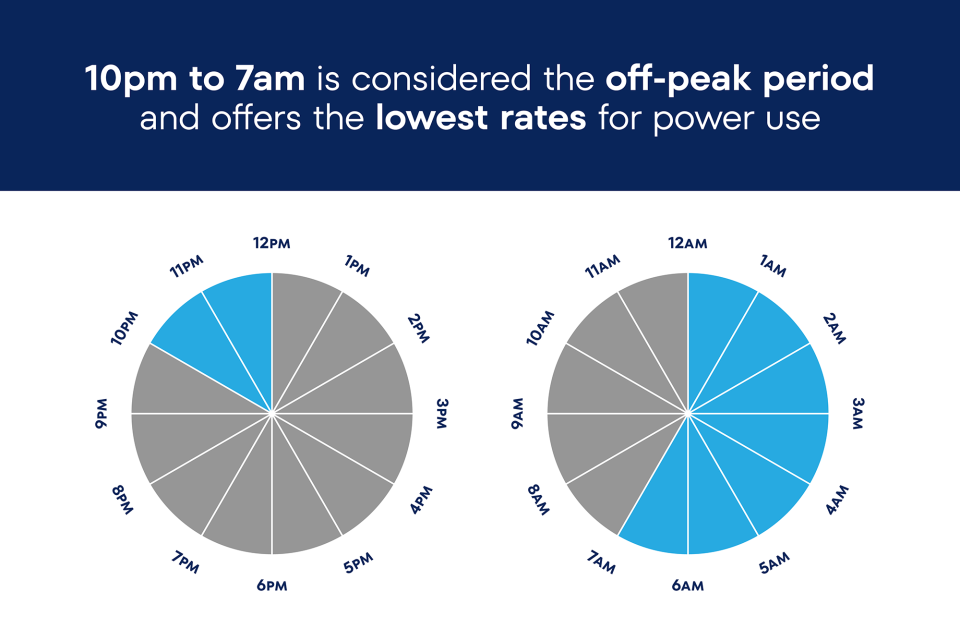
A ‘peak demand’ plan consists of three parts: a fixed charge, a supply charge, and a peak demand charge.
Fixed rates are usually quite low, charged for daily access regardless of how much energy is used. The supply charge is based on the amount of energy consumed over the billing cycle.
The bulk of the `peak demand’ plan, however, is the peak demand charge.
“This is based on the maximum level of demand a household puts on the network during peak hours, over the course of a month,” Luke says.
“Your highest demand day will be applied to the rest of the month, which can come back to bite you if you don’t plan carefully.”
Whether a household does or doesn’t have a battery system will affect the power savings a `time of use’ or `peak demand’ plan can generate.
“This is where a solar battery system becomes really useful. If your battery becomes active from about 5 pm and carries you through the peak period, you could negate that charge almost completely,” Luke says.
“A lot of people without batteries end up selling their excess back to the provider during the day, only to buy it back at a loss during times of high demand.
“The trick is to plan ahead and size your system appropriately if you want to save on electricity.”
Keep in mind that neither ‘time of use’ or ‘peak demand’ plans are compulsory, but some retailers won’t provide other options. So it pays to check which one your retailer has you on.
“Always double check, because when you have a smart meter installed, your retailer will likely put you on one or the other without really explaining how it works.”
If you need advice on how best to reduce your energy bill, get in touch with Huglo Solar.












